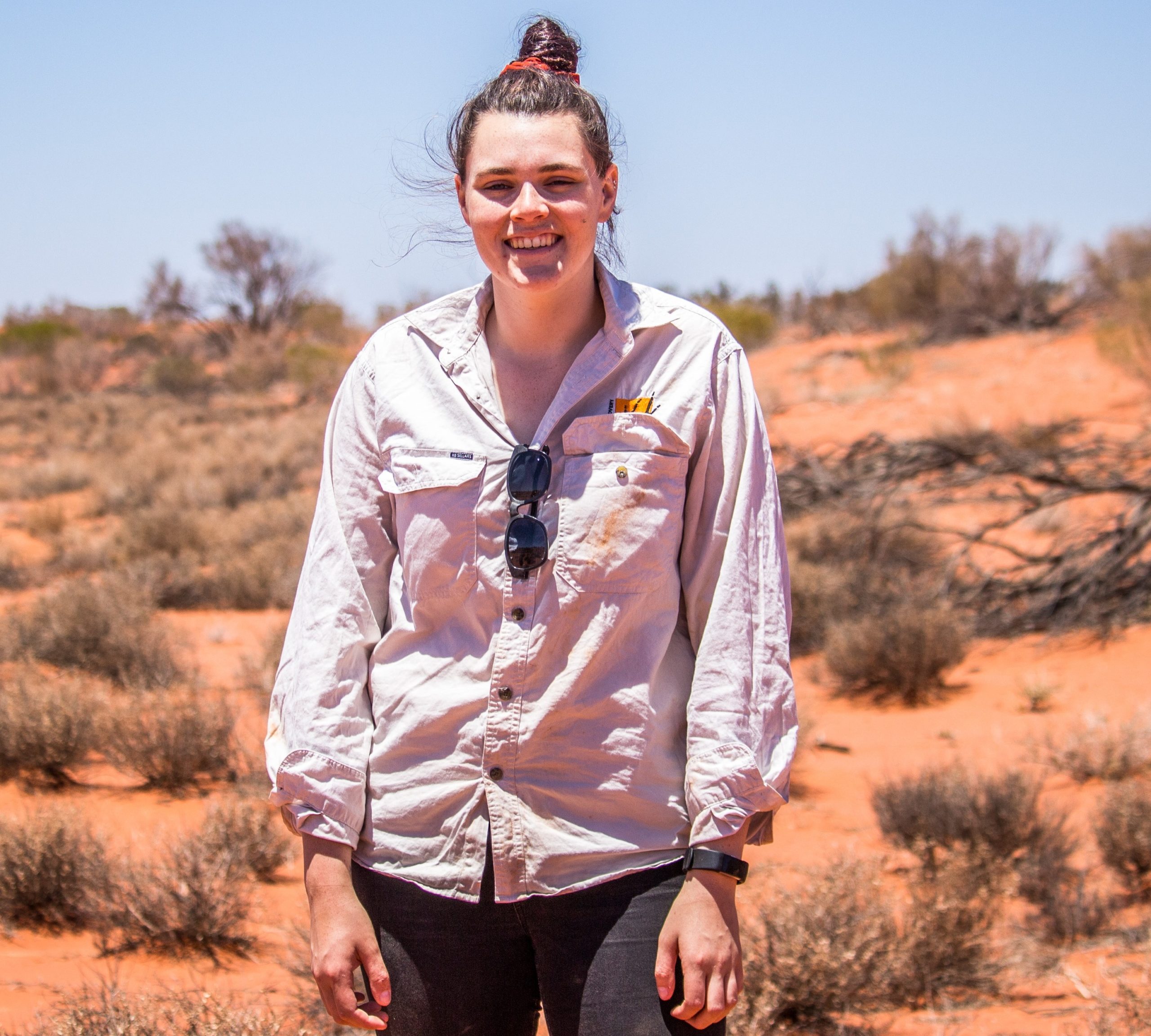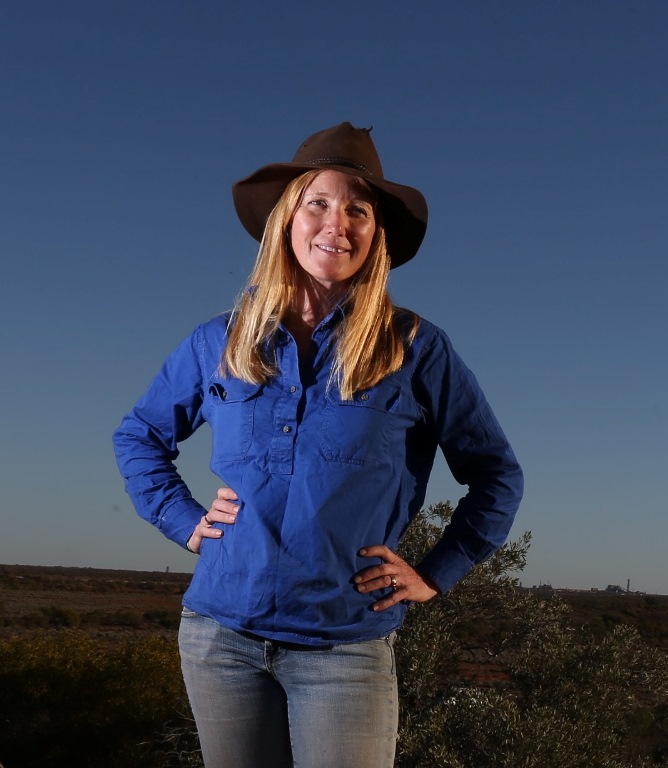Feral cats are now the primary adversary in our mission to restore endangered species outside our fence.



Range and Abundance
Domestic cats (Felis catus) first came to Australia with the earliest European settlers and were introduced to most of the colonies around the continent soon after. However, it may have been many years before they began spreading far from human settlements (see here). Their populations expanded outwards from the major cities, and by 1910 they occupied around 99% of the country. Dependent on rainfall, there are now between 2.1 and 6.3 million cats across Australia.
Feral cats can survive in every habitat of Australia, from the most remote rugged mountains to lush rainforests. They even survive deep in the deserts where there is little to no water, as they can get all the water they need from the blood of their prey. Most of Australia has a density of around one cat every five kilometres. However, they can be at much higher densities where there is more food. The highest densities of cats are typically found on off-shore islands, around cities and dumps, and in the deserts after major rain events.
Same as Domestic Cats?
Genetically, feral cats are indistinguishable from house cats. However, they can appear to be very different. Feral cats usually have simple coat patterns (tabby or black), since cats with more exotic patterns do not survive well in the wild. For example, cats with too much white fur would be more likely to be found by dingoes. Also, many of the unique features of domestic cats are derived from recessive genes, and are bred out quickly in the wild.
Size
Feral cats are not inherently bigger than house cats. The average weighs between 3 and 5kg. However, as male feral cats are not de-sexed, many can grow into gigantic tom-cats. Such cats can be almost as big as a small dingo. These cats are rare though: fewer than 1% of the cats caught around Roxby Downs in the last 30 years have weighed over 7kg.
Hunting Strategy
The hunting strategy of feral cats involves walking, and if prey is detected, initiating a stalk. They are patient and can stalk prey for an hour or more. Once they are in position, they pounce. They use their claws to hold the prey in place and deliver a killing bite to the neck or body. Their whiskers help them find the right place to bite, as they are very touch sensitive.
Feral cats have one of the broadest diets of any predator in Australia. They watch and learn the habits and weaknesses of their prey. They can take down adult wallabies, poisonous brown snakes, and kill animals living in trees. Around Arid Recovery, almost every local species of mammal, reptile and ground-living bird has been found in cat stomachs.
Not only are cats experts at taking down prey, they are also aware of where to find prey and where they will be easy to hunt. They are even able to detect recently burnt areas over 15km from their home ranges, and do long-distance journeys to hunt in such locations. In the deserts, cats travel huge distances to where there has been recent rain.
Each Cat is Different
Because cats learn, watch and form their own habits, every cat is different and can have different impacts on prey species. While any cat could learn to kill small native mice or find defenceless bird chicks, not many of them know how to kill some of the larger and more feisty animals. For these harder to kill animals, only a small portion of the cat population are a threat. For example, in the release of western quolls into the Flinders Ranges, all of the 20 quolls killed by cats were killed by just four individuals.
We’ve recently learnt that some individual cats are more lethal than others. Arid Recovery is supporting research by Dr Katherine Moseby from UNSW to uncover these killer cats in more detail. This research will hope to develop methods of profiling which particular cats are most threatening to certain species using forensic criminal profiling methods. It will also investigate how to deal with these lethal individuals. In the coming years we hope to have a much better understanding of which individual cats are the greatest threat to wildlife species.

















